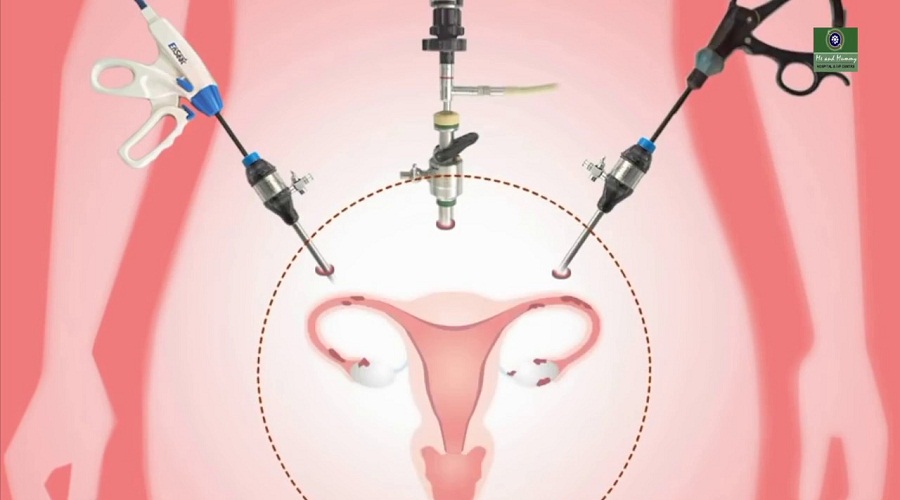-

opening hours
Mon-Sat 09:00 AM - 17:00 PM -

call us
+91-88604 50774
opening hours
Mon-Sat 09:00 AM - 17:00 PM
call us
+91-88604 50774

A hysterectomy is a surgical procedure to remove a woman's uterus. The uterus, also known as the womb, is where a baby grows when a woman is pregnant. The uterine lining is the source of menstrual blood.
You may need a hysterectomy for many reasons. The surgery can be used to treat a number of chronic pain conditions as well as certain types of cancer and infections.
Depending on the reason for the hysterectomy, a surgeon may choose to remove all or only part of the uterus. Patients and health care providers sometimes use these terms inexactly, so it is important to clarify if the cervix and/or ovaries are removed: